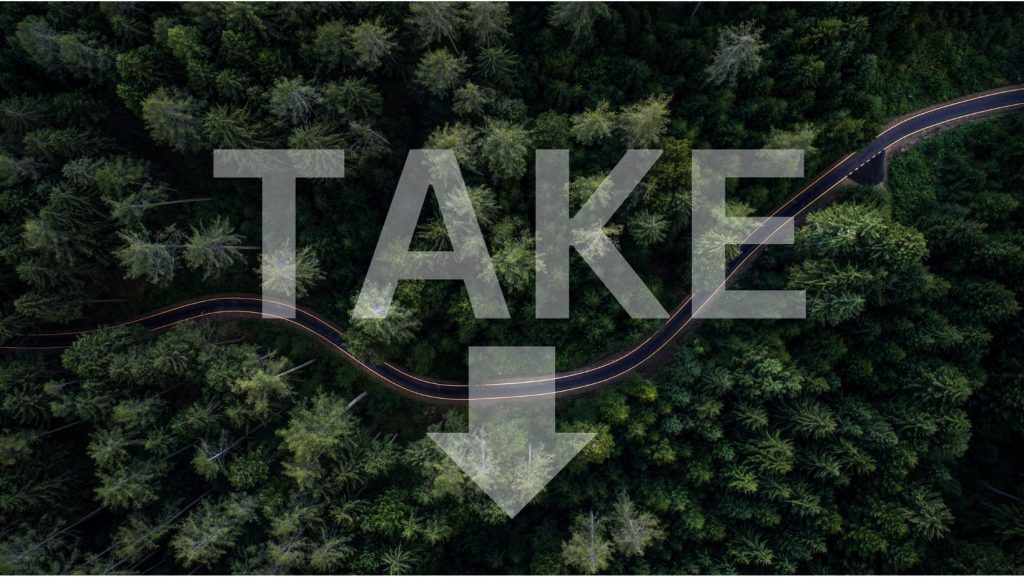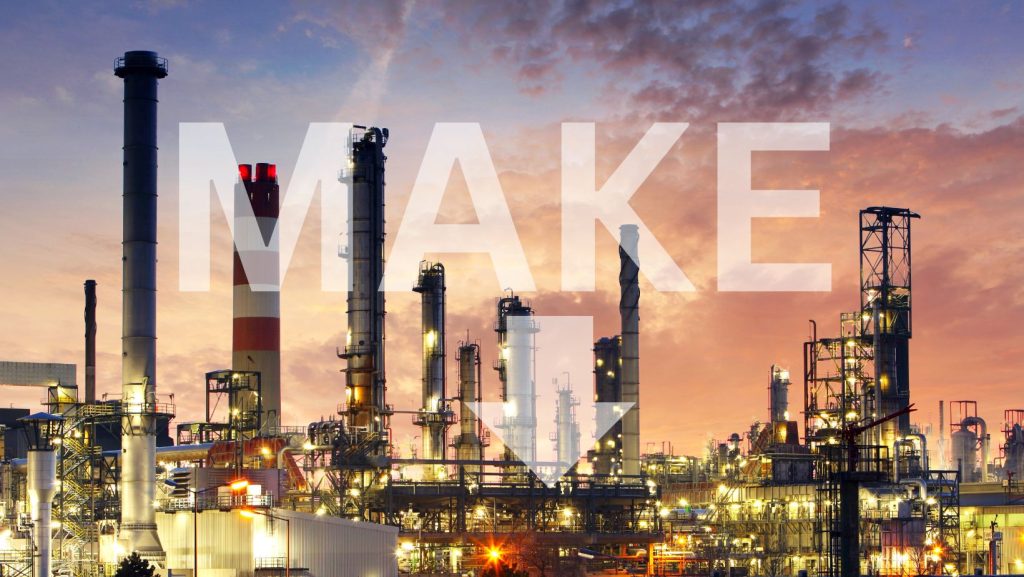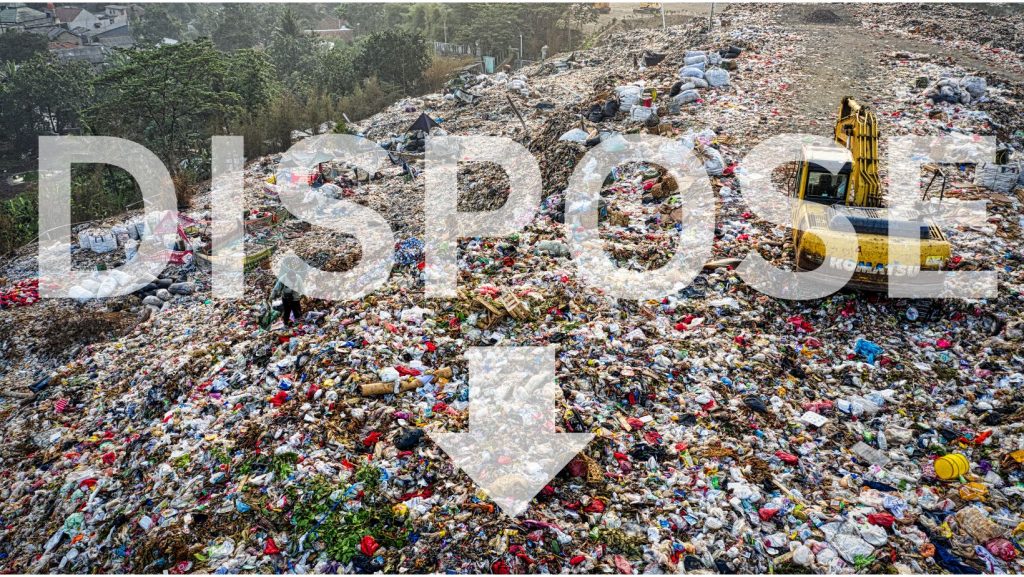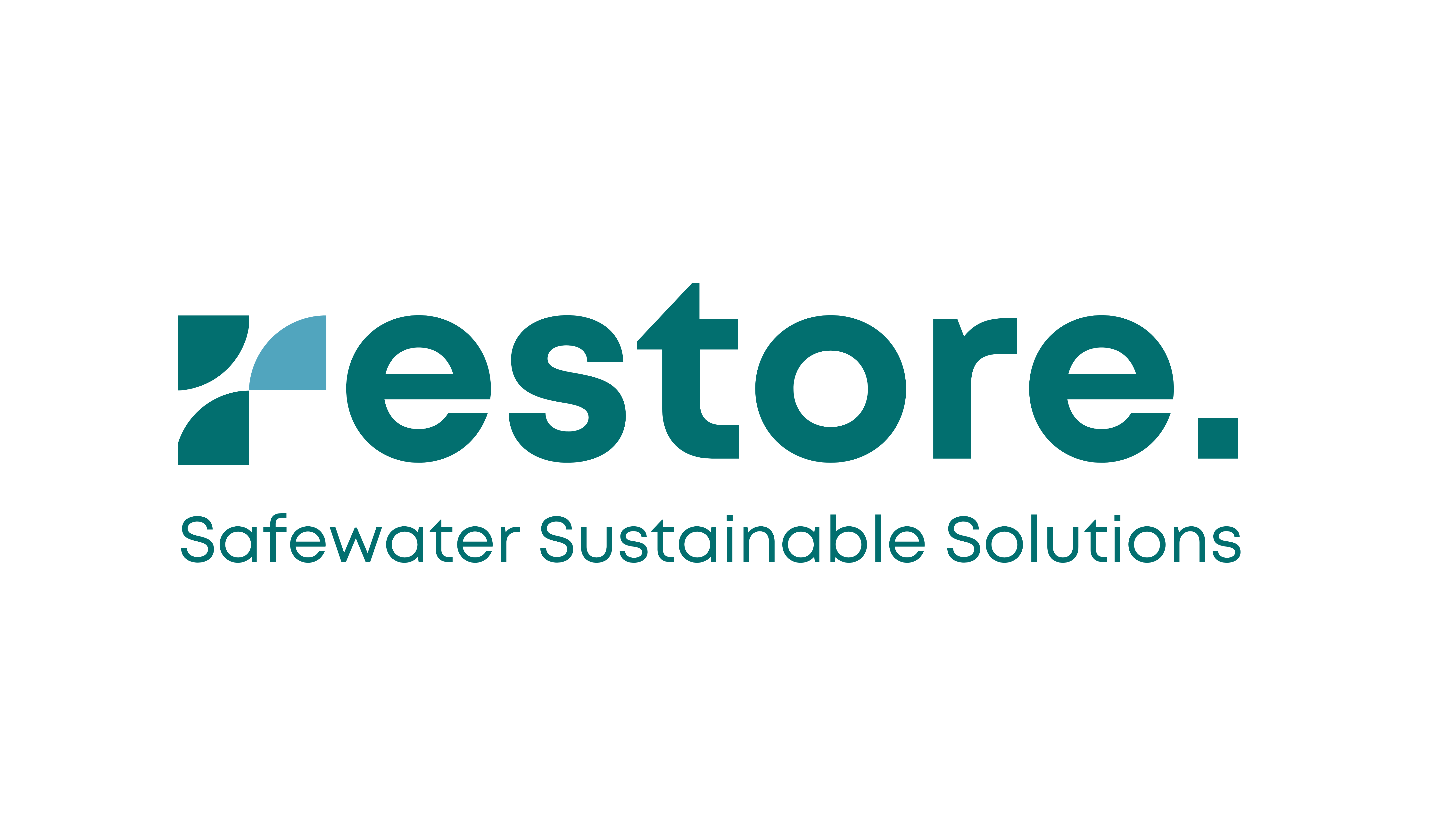Linear Economy: Understanding the Take-Make-Waste Model

In the grand theater of economic systems, a rather unassuming character has held center stage for centuries. It’s not glamorous or revolutionary, but it’s a model that we all participate in, often without realizing it. The protagonist of our story is the ‘linear economy.
Imagine a conveyor belt that starts in a mine, factory, or farm and ends up in a landfill or incinerator. That’s the linear economy for you – a straight-line journey from creation to consumption to trash. Known as the ‘take-make-waste’ model, it takes resources, transforms them into products, which are then discarded after use.
In a world where sustainability is no longer just a buzzword but a necessity, understanding this traditional economic model becomes even more crucial. So let’s pull back the curtain and take a closer look at the linear economy, its impacts, and why it’s high time we rethink this ‘business-as-usual’ model.
Characteristics of a Linear Economy
1. Straight-line Resource Flow:
In a linear economy, resources flow in a straight line – from extraction to production, consumption, and finally disposal. This means that raw materials are extracted from the earth, transformed into products, used by consumers, and then discarded as waste once they have fulfilled their purpose.
2. Reliance on Finite Resources:
Linear economies heavily rely on finite resources such as fossil fuels, metals, and minerals. These resources are non-renewable, meaning they cannot be replenished within a human lifespan. The constant extraction and use of these finite resources can lead to resource depletion and environmental degradation.
3. Production for Consumption:
The primary goal of a linear economy is to produce goods for immediate consumption. Products are often designed for a single-use or short lifespan, leading to a cycle of continuous production and consumption. This encourages a throwaway culture where products are easily discarded after use.
4. Waste Generation:
A significant characteristic of a linear economy is the creation of waste. After products are consumed, they are usually thrown away, ending up in landfills, incinerators, or oceans. This results in a significant waste management challenge and contributes to environmental pollution.
5. Economic Growth as a Primary Objective:
In a linear economy, economic growth is typically measured by Gross Domestic Product (GDP), which tracks the monetary value of all finished goods and services produced within a country’s borders in a specific period. This focus on continuous growth often overlooks the environmental costs associated with resource extraction, waste generation, and pollution.
6. Short Product Lifecycles:
In a linear economy, products often have short lifecycles. This is due to factors such as planned obsolescence, where products are designed to become obsolete or unfashionable after a certain period. Short product lifecycles encourage repeat purchases, driving consumption and waste generation.
7. Externalization of Environmental Costs:
In a linear economy, the environmental costs of production and consumption—like pollution and waste—are often not accounted for in the pricing of goods and services. These ‘externalities’ are borne by society at large and future generations, rather than the businesses that create them.
By understanding these characteristics, we can better comprehend the limitations of the linear economy and explore more sustainable alternatives, such as the circular economy.
Characteristics of Linear Economy
1. Single-Use Plastics:
Single-use plastics, such as straws, cutlery, and shopping bags, are classic examples of a linear economy. These items are produced from petroleum (a non-renewable resource), used just once, and then typically discarded to landfill or the environment. The Ellen MacArthur Foundation estimates that by 2050, there could be more plastic than fish in the sea by weight.
2. Fast Fashion:
The fashion industry operates largely on a linear model, particularly within the ‘fast fashion’ sector. Clothes are made rapidly and cheaply to keep up with the latest trends, often resulting in poor quality items that have a short lifespan. Once out of style or worn out, these clothes are discarded, with the Environmental Protection Agency estimating that the US alone generates 17 million tons of textile waste per year.
3. Electronics Industry:
The electronics industry is another example. Devices like smartphones and laptops are frequently replaced due to technological advancements and planned obsolescence. According to a report by the United Nations, 53.6 million metric tons of electronic waste was generated worldwide in 2019, with only 17.4% being properly recycled.
4. Automotive Industry:
Cars, too, follow a linear lifecycle. They’re manufactured, used until they’re no longer functional or desirable, and then scrapped. The automotive industry is heavily reliant on finite resources like steel, aluminum, and petroleum for fuel. The International Energy Agency reports that there were 5 million electric cars on the road in 2018, compared to around 1 billion gasoline-powered cars, showing the industry’s continued reliance on non-renewable resources.
5. Packaging Industry:
Packaging, particularly food packaging, is predominantly single-use. It is designed to be used and then thrown away, contributing to the significant waste problem. The World Packaging Organisation estimates that around 25% of landfill waste comes from packaging.
These examples highlight the pervasive nature of the linear economy in our everyday lives and underscore the urgency of transitioning to a more sustainable, circular model.

Impact of Linear Economy
The linear economy model, while seemingly effective in the short term, carries with it a significant amount of environmental and economic baggage. Its impacts are far-reaching, touching every aspect of our planet and society.
Environmental Impact:
At its core, the linear economy is a major contributor to waste generation. The ‘use and throw away’ approach means that an enormous amount of waste is continually produced. This waste often ends up in landfills or incinerators, contributing to air, land, and water pollution. For instance, plastics discarded into the environment can take hundreds of years to decompose, during which they release toxic chemicals and microplastics that harm wildlife and ecosystems.
Resource depletion is another major concern. The linear economy relies heavily on finite resources, such as fossil fuels and minerals. As these resources are extracted and used at a rate faster than they can regenerate, we risk exhausting them. This not only threatens biodiversity but also disrupts the balance of natural ecosystems.
Economic Impact:
While the linear economy might stimulate growth through continuous production and consumption, it comes at a cost. One of the most significant economic drawbacks is the loss of value after use. Once products are discarded, all the materials, energy, and labor invested in creating them are essentially lost. This is particularly true for items like electronics, which contain valuable and rare materials that could be reused or recycled.
Moreover, the cost of managing and disposing of waste can be substantial. Local governments and taxpayers often bear the brunt of these costs, which include collection, transportation, and disposal of waste.
According to the United Nations, a staggering 50 million tonnes of electronic waste is generated annually. Tragically, only 20% of this is recycled. The remaining 80% – a treasure trove of valuable metals and components – ends up in landfills, incinerators, or is illegally traded. This not only represents a massive loss of resources but also poses serious environmental and health risks.
In light of these impacts, it’s clear that the linear economy is not a sustainable model for the long-term. As we grapple with the realities of climate change and resource scarcity, there’s an urgent need to transition towards more sustainable economic models like the circular economy.
Linear Economy vs. Circular Economy
The linear and circular economies represent two fundamentally different approaches to the use of resources and waste management.
Linear Economy:
In a linear economy, the approach is ‘take-make-waste’. Resources are extracted from the earth (take), transformed into products (make), and discarded as waste after use (waste). This model is inherently unsustainable as it relies heavily on finite resources and generates substantial waste, leading to environmental degradation and resource depletion.
Circular Economy:
On the other hand, a circular economy follows the principle of ‘reduce-reuse-recycle’. It aims to eliminate waste and continually use resources to their maximum potential. In a circular economy:
- Design & Production: Products are designed for durability, reuse, and recycling from the outset. They are made using sustainable materials and processes that minimize waste and environmental impact.
- Consumption: Consumers are encouraged to use products for as long as possible, through repair, sharing, leasing, or other forms of extended use.
- End of Life: Once a product reaches its end of life, every effort is made to salvage valuable materials through recycling or composting. The goal is to keep resources in circulation for as long as possible, reducing the need for new extraction and minimizing waste.
The shift from a linear to a circular economy is driven by growing awareness of sustainability issues and the realization that our resources are finite. It’s not just about reducing harm to the environment, but also about creating value – economically, socially, and environmentally.
Many businesses, recognizing the limitations of the linear model, are now exploring circular strategies. These might include designing products for longevity, offering repair services, implementing take-back schemes for used products, or even transitioning to service-based models where customers lease rather than buy products.
In this way, businesses can reduce their environmental footprint while also creating sustainable value for themselves and their stakeholders – a win-win for the planet and the economy.

To sum up, getting to grips with the idea and implications of a linear economy is more than just an academic exercise – it’s a necessity in our current era, where sustainable development is not just desirable, but essential.
Our prevailing ‘Take-Make-Waste’ model, characteristic of a linear economy, has proven itself to be unsustainable and harmful to our planet. This system, which relies on constant extraction of finite resources, the creation of products, and then their eventual disposal as waste, results in significant environmental degradation, resource depletion, and waste generation.
Recognizing these challenges is the first step towards change. Once we acknowledge the problems inherent in the linear model, we can start exploring alternative, more sustainable practices. The circular economy presents such an alternative. It suggests a model where waste is eliminated, resources are continually used and reused, and products are designed for longevity and recyclability.
The shift from a linear to a circular economy isn’t just about protecting the environment – it also makes good economic sense. Businesses that adopt circular practices can reduce their dependence on scarce resources, cut down on waste management costs, and create sustainable value that benefits not just them, but their customers, stakeholders, and the wider society.
